Ultrasound imaging remains a cornerstone in medical diagnostics, cherished for its non-invasive nature and versatility. The heart of this technology is the ultrasound probe, a critical device that converts electrical energy into sound waves and vice versa, revealing detailed images of the body’s internal structures.
From linear to endorectal, micro convex and phased array, from low frequency to high frequency, Ultrasound Probe Direct stays committed to meet every clinical need and preference, enhance your diagnosis accuracy and improve patient’s care and experience.
Key MaterialsThe choice of materials for ultrasound probes has seen significant refinement, driven by the need to meet highest performance criteria:
Piezoelectric Properties: This remains the core characteristic, enabling the conversion between electrical and mechanical energy. Lead zirconate titanate (PZT) continues to be widely used due to its excellent piezoelectric capabilities, cost-effectiveness, and manufacturability.
Alternative Piezoelectric Materials: In addition to PZT, materials such as polyvinylidene fluoride (PVDF) and barium titanate are gaining popularity. PVDF, a polymer, offers benefits in terms of weight and flexibility but comes with a higher cost. Barium titanate has superior piezoelectric properties but poses challenges in terms of cost and manufacturing complexity.
Complementary ElementsBeyond the piezoelectric core, several components are crucial to the functionality of an ultrasound transducer:
Backing Material: This component, positioned behind the piezoelectric material, dampens vibrations and enhances sound wave transmission efficiency.
Matching Layer: Located in front of the piezoelectric material, it minimizes sound wave reflection by matching the transducer's acoustic impedance to that of the body.
Housing and Cabling: These elements protect the transducer, facilitate its attachment to the imaging probe, and ensure efficient electrical signal transmission between the transducer and the imaging system.
Probe AssemblyThe construction of an ultrasound probe is a complex process that includes:
Transducer Assembly: This involves bonding the piezoelectric material to the backing, applying the matching layer, and mounting it within the protective housing.
Electronic Integration: It incorporates signal processing units, power supply components, and control circuitry.
Quality Testing: Rigorous testing is conducted to ensure the transducer, electronics, and overall imaging system function effectively.
Sterilization: Probes undergo sterilization to meet healthcare standards, a critical step for medical usage.

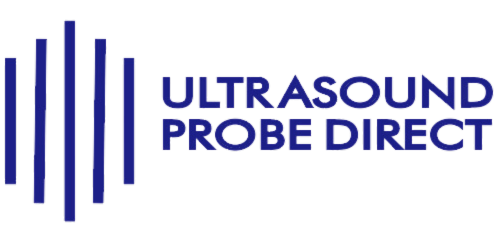

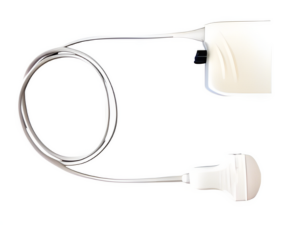

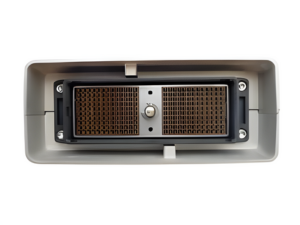
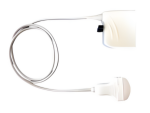
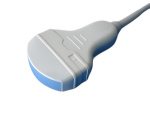
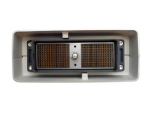




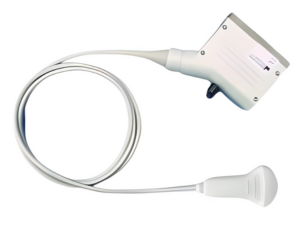
Reviews
There are no reviews yet.